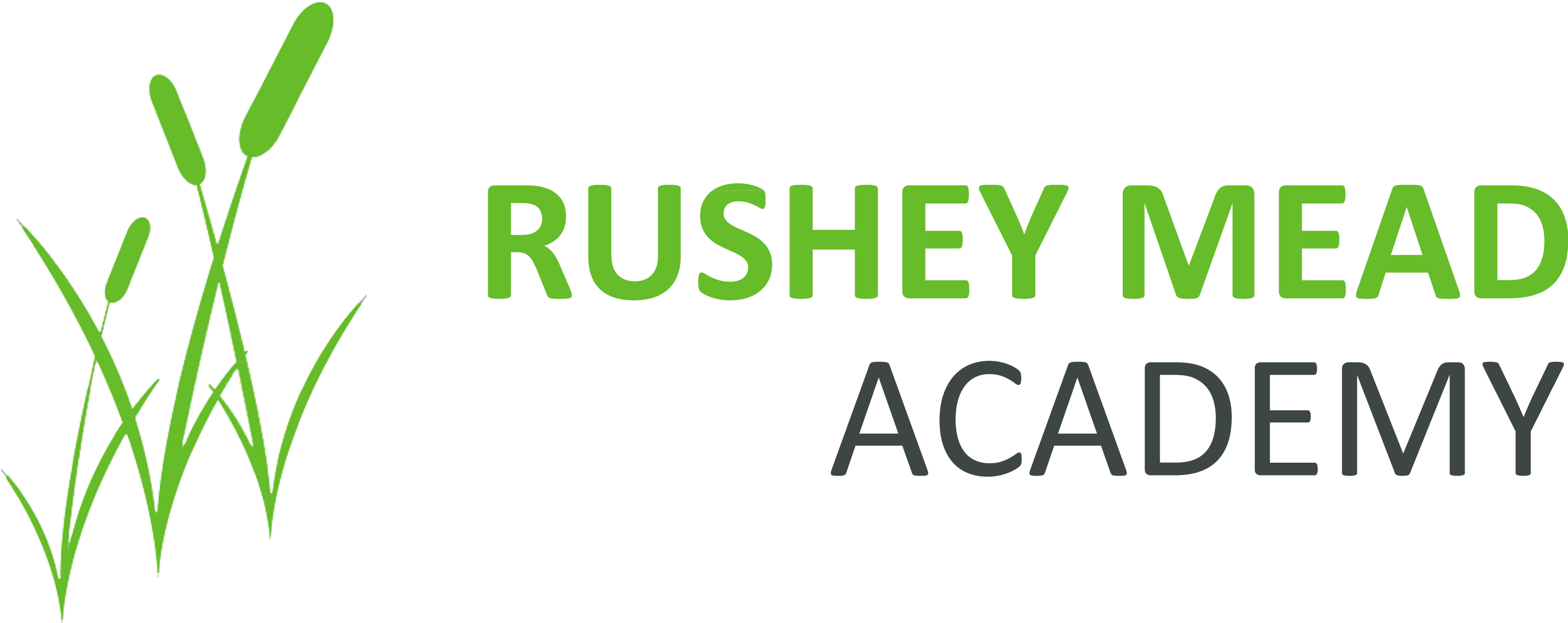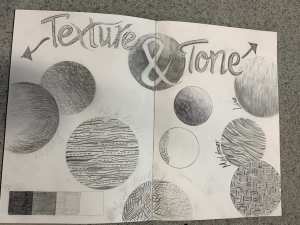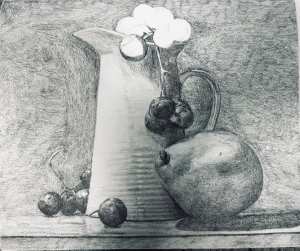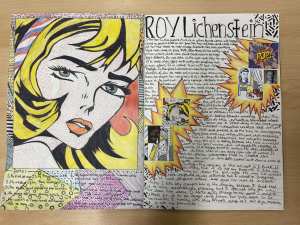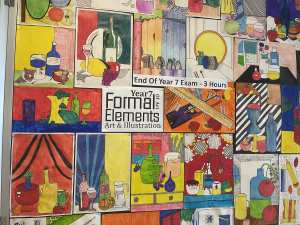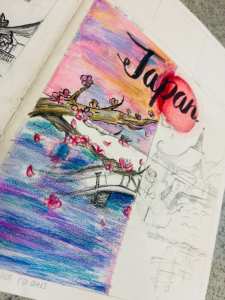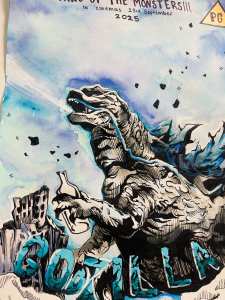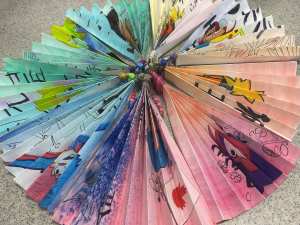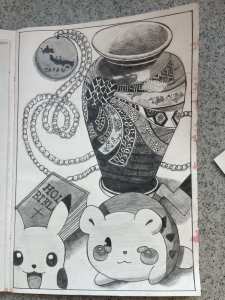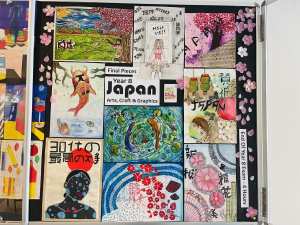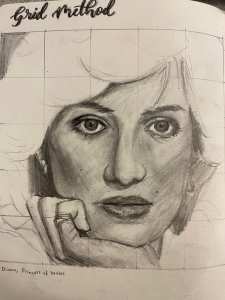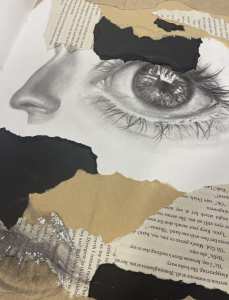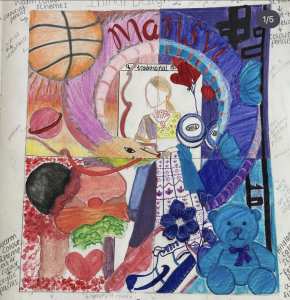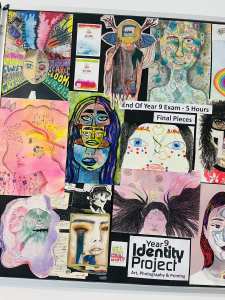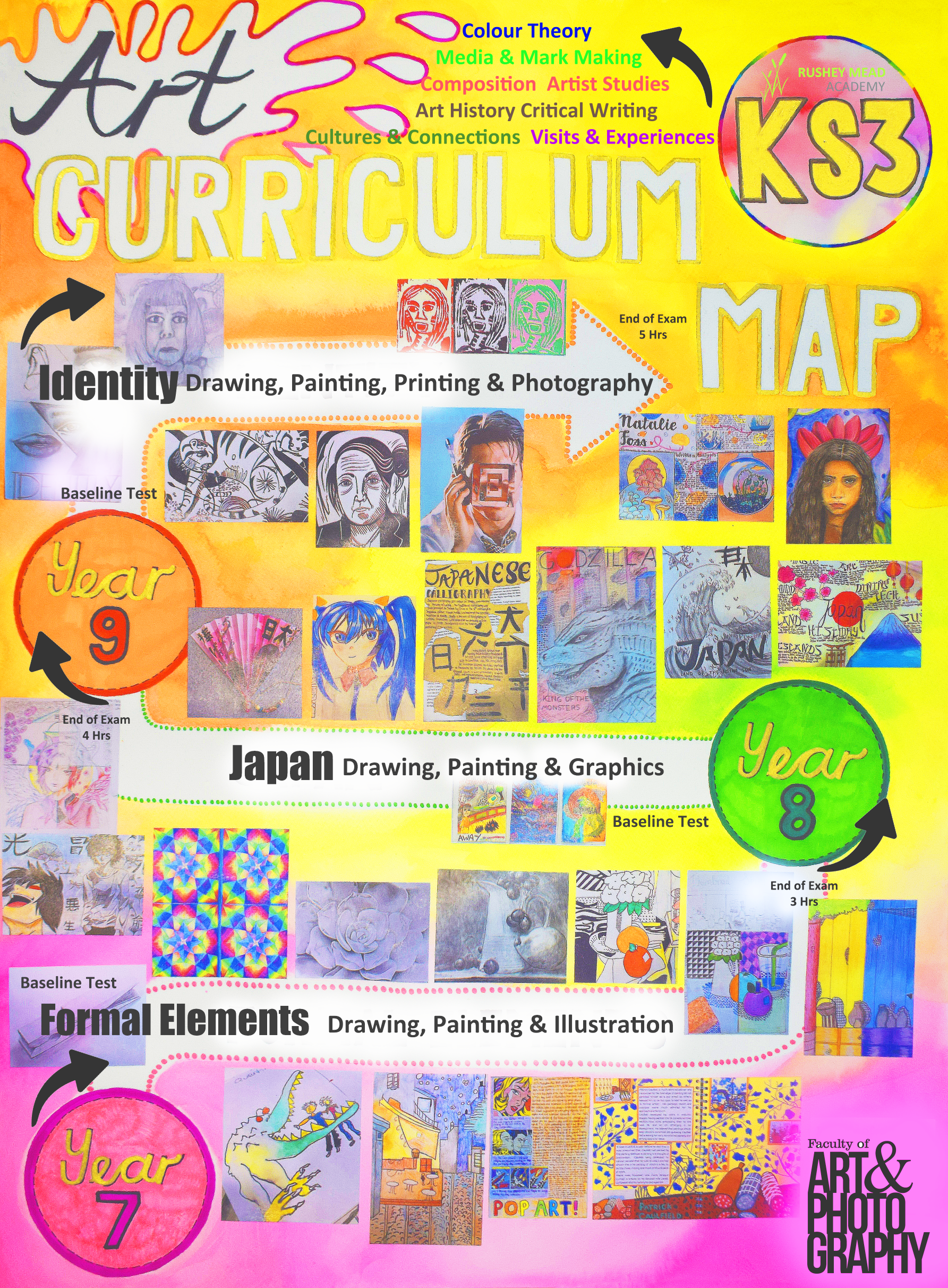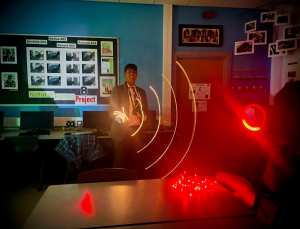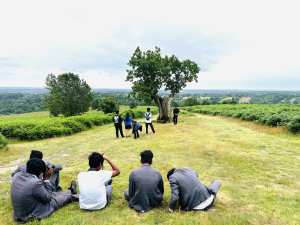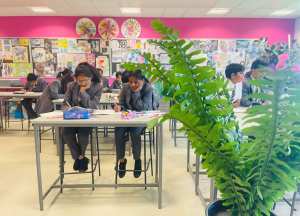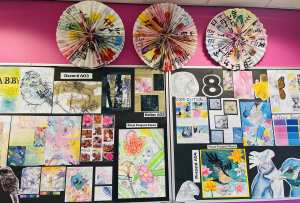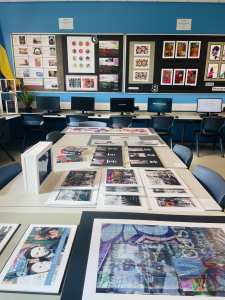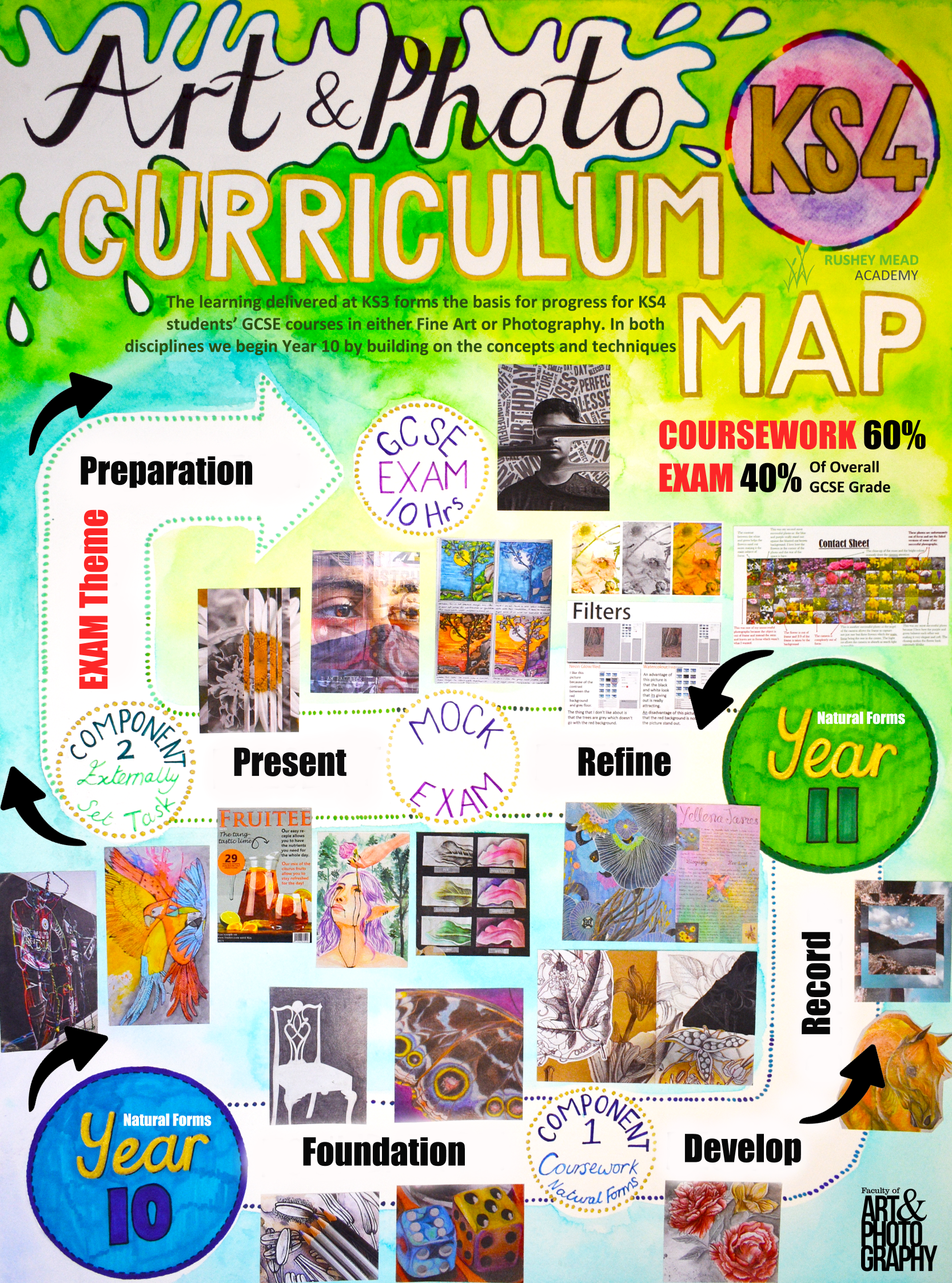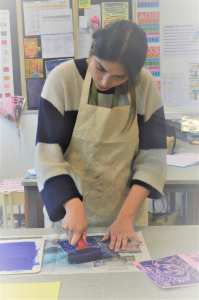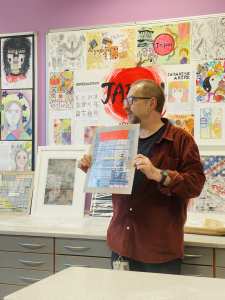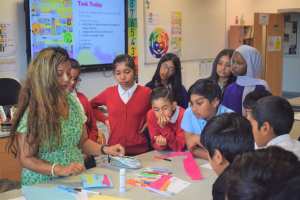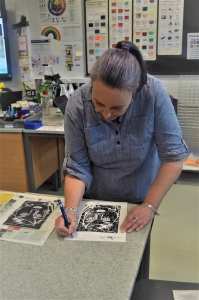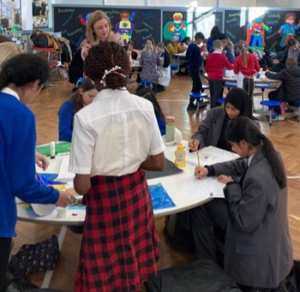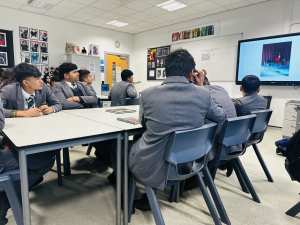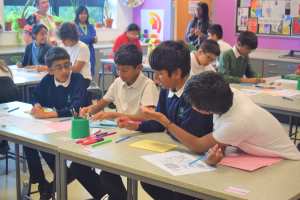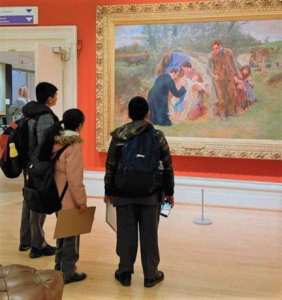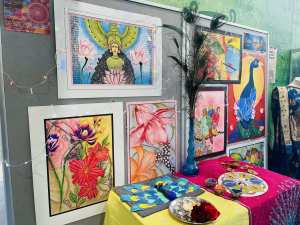Purpose
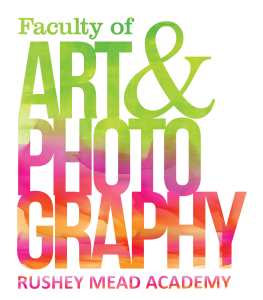 Here at Rushey Mead we have an outstanding Art and Photography Faculty, which prides itself on producing excellent results for our students. We aim to build a strong foundation of creativity and knowledge, and to lead students to become questioning, imaginative thinkers within a supportive and nurturing learning environment. Ultimately, we hope to give students the space and freedom to develop their own artistic style and practice. We continually rejuvenate our activities, and have an on-going programme of updating schemes of work. Our teachers generate carefully sequenced lessons, which are research-based and supported by current educational thinking.
Here at Rushey Mead we have an outstanding Art and Photography Faculty, which prides itself on producing excellent results for our students. We aim to build a strong foundation of creativity and knowledge, and to lead students to become questioning, imaginative thinkers within a supportive and nurturing learning environment. Ultimately, we hope to give students the space and freedom to develop their own artistic style and practice. We continually rejuvenate our activities, and have an on-going programme of updating schemes of work. Our teachers generate carefully sequenced lessons, which are research-based and supported by current educational thinking.
As subjects, Art and Photography are, above all – a celebration of visual culture. However, they also allow students to explore and develop the entire self, through their expanding engagement with the visible world. We feel it is vital that students explore a variety of media, and means of expression – both traditional and modern, and aim to introduce them to a wide range of materials and techniques with this in mind. Above all, we strive to create a culture of excellence, where students can achieve, and, importantly – where that achievement can be celebrated.
Supporting the learning needs of individual students is paramount, both in the classroom, and during our extra-curricular activities. Our KS3 students can access extra support through a drop-in homework clubs, as well as opting for creative workshops and mindfulness colouring. Throughout their course, GCSE students can attend additional supported study sessions focusing on their individual progress.
We encourage our students to develop a broader understanding of the Arts outside the classroom, and organise regular visits to regional and national galleries and museums, amongst other places of relevant interest. Visiting artists and lecturers extend our curriculum content yet further, as do practical workshops – both in the classroom and elsewhere. Our regular Art competitions also foster participating students’ individual responses to cultural and historical contexts beyond the mainstream curriculum.
The Visual Arts allow students an expressive, individual voice – with which to make a positive difference, both to themselves, and to the wider community. This is at the core of everything we do. We are proud of our Faculty, and even more so – of the students who study our subjects. We all work hard – and together we succeed.
Quotes
“Draw, Antonio, draw… Draw and don’t waste time!” – Michelangelo
“Remember, it’s your ideas that are important; the technique will come along with practice. So don’t be downhearted if things don’t always come out the way you’d intended. Sometimes it’s the mistakes that make us interesting and different” – Jim Kay
“I’ve never come up with an illustration that I think is finished or that I’m particularly happy with, but I keep trying” – Jim Kay
“Every child is an artist. The problem is how to remain an artist once he grows up.” – Pablo Picasso
“Don’t think about making art, just get it done. Let everyone else decide if it’s good or bad, whether they love it or hate it. While they are deciding, make even more art.” – Andy Warhol
“Everything has its beauty, but not everyone sees it.” – Andy Warhol
Leonardo da Vinci
“Art is never finished, only abandoned.”
Pablo Picasso
“Good artists copy, great artists steal.”
Salvador Dali
“A true artist is not one who is inspired, but one who inspires others.”
Mark Rothko
“A painting is not a picture of an experience, but is the experience.”
Georgia O’Keeffe
“I hate flowers. I paint them because they’re cheaper than models and they don’t move.”
Frida Kahlo
“To paint is the most terrific thing that there is, but to do it well is very difficult.”
Andy Warhol
“Art is what you can get away with.”
Cindy Sherman
“Believing in one’s own art becomes harder and harder when the public response grows fonder.”
Yayoi Kusama
“People ask about art and commercialism. I think that if someone tries to sell their work at a high price, that is the wrong way of doing it.”
Henri Matisse
“I don’t paint things. I only paint the difference between things.”
Faculty Staff
Miss Chhana (Subject Lead): [email protected]
Ms Marshall: [email protected]
Ms Bhana: [email protected]
Ms King: [email protected]
Mr Marwood: Art Technician
